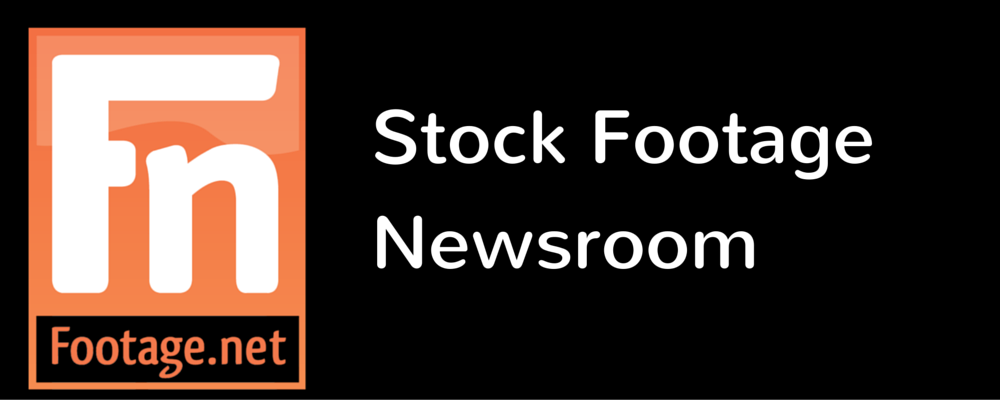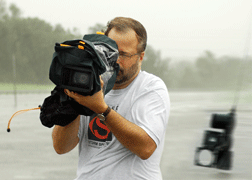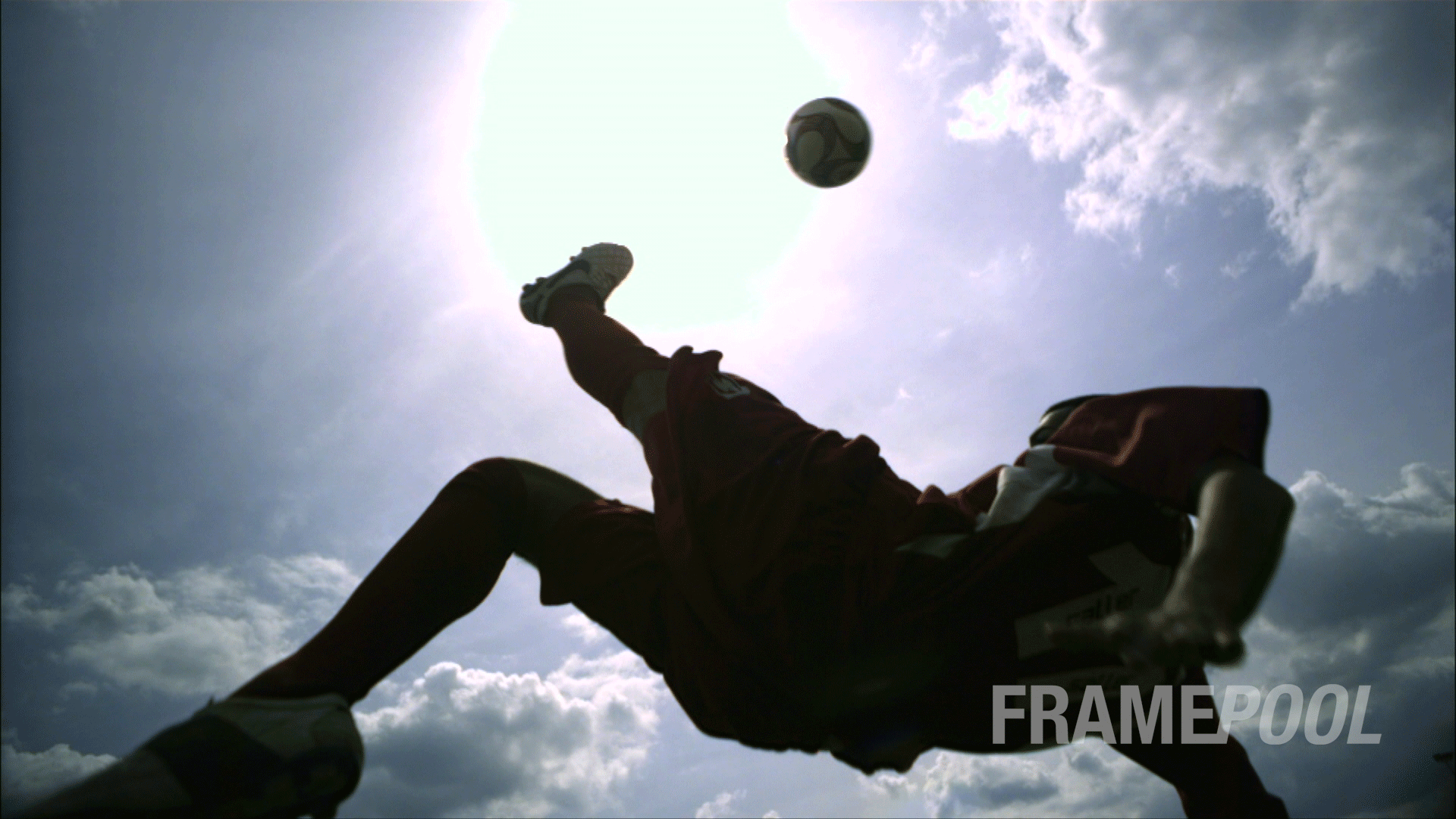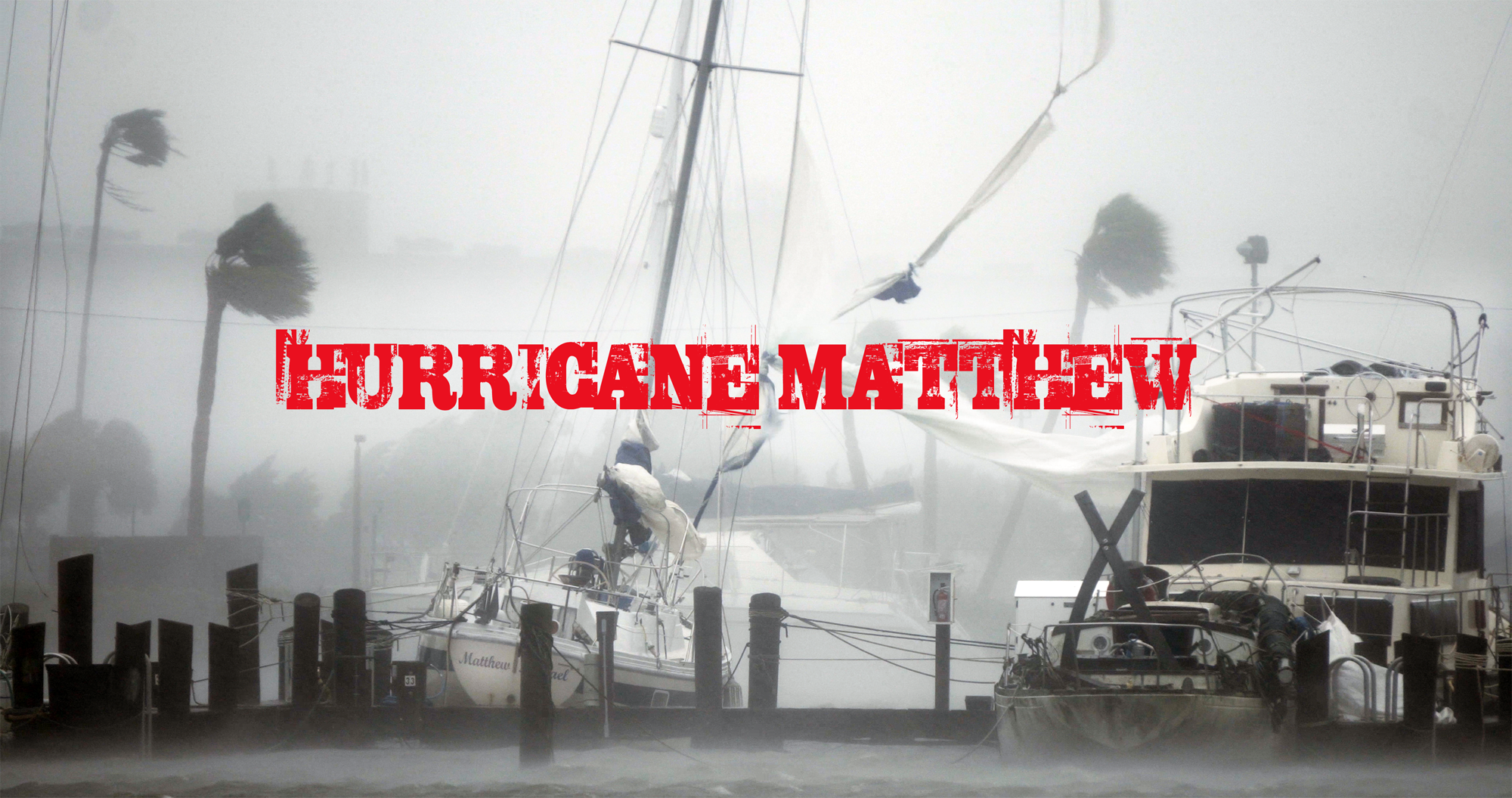What's Ahead for the Footage Industry?
/A conversation with veteran stock photo industry analyst Jim Pickerell on the future of stock photo/footage licensing.
Jim Pickerell, Photo Industry Analyst
Jim Pickerell began his career in 1963 as a freelance photojournalist, and has been working in the photography business ever since. Through his online news service Selling Stock, Jim has established himself as one of the most respected analysts of the stock photography business. We spoke with him recently about his views on the current state of the stock photo business, as well as lessons for the future of the footage industry.
Footage.net: You’ve studied the stock photo business for many years. How would you describe the condition of the industry at the current time? Is this a good moment for the industry?
Jim Pickerell: In general, the demand for still images and video clips is growing. However, the pace of usage growth is very slow for stills and faster for video. In terms of revenue generated we are seeing a slight decline in revenue from stills and an increase in the revenue generated from video.
FN: Why is the revenue declining in the stills industry? What are the big issues and trends?
JP: For the stills industry as a whole, revenue has probably plateaued. I expect to see a slow, but steady decline. There are several reasons for this.
There is a huge oversupply. Since customers can get something that will more-or-less fit their needs almost anywhere, they are demanding lower prices. For a long time the suppliers have been selling images for whatever the customer is willing to pay.
Oversupply creates too much choice and makes it harder for customers to find the right image for their project. Many customers are spending hours on research and they’re getting frustrated. Lower prices make it difficult to offer customers research support, so the leading agencies don’t really offer much in the way of picture research services. They are not tightly editing their collections. Some smaller specialist libraries, offer a more personal relationship and research, but it is unclear whether they can charge high enough prices, and get enough business, to sustain themselves long term.
In theory data, algorithms and good keywording were supposed to solve the search problem. Thus, customers would do their own research and the agencies could eliminate that cost. It is not working out that way. Reliance on data and search algorithms have not made it as easy for customers to find the right image as they were supposed to.
More customers are turning to small, well-curated collections like Stocksy and Aurora Photos in order to save research time. Customers are willing to pay somewhat more for images from a curated collection, but most of the big guys haven’t figured that out yet.
Oversupply also makes it difficult for individual creators to make enough sales to justify continued production. Lower prices and declining royalties make production less profitable for producers. Many of the best producers - those trying to earn a significant portion of their living from image production – are finding that they can no longer justify the time and expense and are moving on to other ways to earn a living.
Meanwhile the agencies are trying to suck up as many images as possible from amateurs without regard for how useful the images might be for customers. The amateurs will not earn significant revenue and will soon get tired of submitting new content. Another big question is whether the amateurs will produce enough of the kind of imagery the major users need. Personally, I don’t think amateurs will, because most of what is needed requires cost, planning and risk.
Creators are expected to produce without any guarantee that they will receive any compensation whatsoever for their efforts. Agencies are not sharing enough specific data relative to what customers are actually buying. Such data could help producers focus on creating more of the images in greatest demand. Producers need to be able to review images that have actually sold.
It has also become easier for many potential customers to create more of the content they need themselves. And, of course, image theft is a factor.
Do you think that footage has reached the oversupply level?
Video may not have reached the oversupply level yet, but it is much harder to rely entirely on keywords to find the right clip. Thus, while a customer may be willing to review 500 still images that are returned in a search, when it comes to video clips they may only be willing to review a much smaller number of clips because it takes much longer to review each one.
FN: How much gross revenue does the photo industry generate?
Based on an analysis I did in 2013, I thought gross revenue for the industry was about $2 billion (http://www.selling-stock.com/Article/stock-image-sales-survey-results). In early 2016 I estimated it at about $2.4 billion (http://www.selling-stock.com/Article/global-market-size-for-stock-images). I don’t think there was really that much growth in 3 years. Rather, given all the consolidation and the fact that I have talked to more agencies I believe I have a better handle on the real size of the market than I did in 2013.
The above figures include footage. I have been relying on the ACSIL Global Survey for figures for the size of the footage market - $394 million in 2011, $550 million in 2014 and possibly $700 million by end of 2017. However, I am somewhat skeptical of these numbers. I do believe the demand for footage is growing, but I question whether it is growing that fast.
I published a list of top footage distributors back in April (http://www.selling-stock.com/Article/top-footage-distributors). I think Getty does about $75 million, Shutterstock less than $50 million. Getty’s annual footage sales have been about the same since 2010. This could be because Shutterstock was taking market share with lower prices. I believe several of the top-ten footage agencies generate less than $10 million from footage sales, so maybe $200 million for the top ten companies combined.
I know there are a lot of specialist suppliers, but I have trouble believing that combined they generate $400 million. I wonder how much double counting is occurring. For example, Getty represents 33 different brands in addition to its house brands. When Getty makes a sale of a clip from one of these brands they report the gross fee as part of their revenue. Then they retain a percent (+/- 50%) and send the remainder to the brand. The brand reports what they receive as their revenue. That revenue is being double counted.
Who are the leading companies in the photo business at the moment?
According to a recent VisualSteam Art Buyers Survey (sales@visualsteam.com) the top 10 favorite destinations for searching for images are Getty Images, iStock, Shutterstock, Pond5, Alamy, Thinkstock (a Getty property), Dreamstime, Masterfile, Photoshelter and Aurora Photos. I also think AdobeStock should be somewhere in that mix.
See this link for Top Footage Distributors (http://www.selling-stock.com/Article/top-footage-distributors )
FN: Are any of the larger stills companies growing?
Some companies, like Shutterstock, are growing. I think they have been growing by taking a larger share of a static/shrinking market.
Much of Shutterstock’s growth has resulted from taking market share, in terms of gross revenue generated, from Getty Images and iStock. The market may have seen some overall increase in demand for images in the last few years, but that has been offset by lower average prices. After years of struggle, Getty and iStock have finally got their pricing in line with Shutterstock. As a result, it will be much harder for Shutterstock to take additional share in 2017. In addition, AdobeStock is likely to become a stronger and stronger competitor to Shutterstock.
FN: How are the smaller players doing? Are they able to compete?
JP: If we’re talking about agencies, most are trying to cut costs to keep their doors open. That tends to limit the kind of service they can provide and their ability to edit their collections. It also puts limits on what they can afford to spend on marketing, so the only customers who know about them are the customers who have used them in the past. There is huge turnover on the customer side. Finding a way to make the new hires aware of the agency’s existence is difficult.
If we’re talking about creators, most of them are suffering greatly. In November I published a couple stories about how bad things are:
http://www.selling-stock.com/Article/cautionary-tale
http://www.selling-stock.com/Article/making-up-for-declining-stock-photo-sales
Most major, experienced producers have seen a steady decline in annual revenue since the peak around 2000. Many are only earning 10% to 20% of what they earned in 2000 and have been forced to find other ways to make a living.
FN: How closely do you think the stock photo business and the stock footage business align in terms of business trends and growth potential?
JP: The footage industry will have to deal with all the same problems that the still business has faced. Footage will grow to some degree while the use of still photos will decline.
There will be growth in video usage on the Internet while the proportionate share of paid still image use online will flatten, or decline. It will become increasingly easy for image users to either create what they need themselves, or steal what they need.
FN: Do you see any issues that are unique to the footage industry?
It is harder to create good video than it is to shoot stills. That may allow video producers to thrive and prosper a little longer before amateurs overwhelm the market. However, the big question is whether most of the Internet users will need much in the way of video clips, or will they be looking for complete packages that hang together as a unit in style and quality.
The need for complete packages that tell their specific story may drive customers toward hiring a freelance producer to put together what they need. Or they may shoot what they need themselves. There are many young videographers out there hoping to make a mark. They will work for peanuts. When preparing something for the Internet, customers may be more interested in content that personally connects with their story, rather than possibly higher quality clips that have no relation whatsoever to the people and operations they are trying to promote.
For this reason, I question how much real long term growth potential there is for the footage industry, particularly as it gets easier and easier for part-timers and amateurs to produce what is needed.
FN: What lessons can footage companies learn from watching the stock photo industry?
JP: I think the two industries face similar issues. Footage is simply replacing stills in a lot of media. People will get more of their information and advertising online rather than in print.
As for lessons, first and foremost, footage companies must keep prices high enough to enable them to supply curation and customer research. They need to understand that footage creators will not be willing or able to produce high production-value clips unless they are earning enough to justify the investment in time and equipment necessary to produce such work.
They will need to do a much better job of letting freelance creators know exactly what is selling (a database of clips that sold this month) rather than making creators guess at what the customers are really buying.
The still business may be able to survive on images produced by hobbyist and amateurs. I don’t think the footage business can.
Lastly, they will need to do better editing and curating their collections than the still image companies have done.
FN: It seems like more stock photo companies are adding footage to their portfolios. Is this making a significant contribution to their businesses yet? Or is it more of a sideline?
It’s a sideline, but it may be the only growth segment of their business.
FN: If more photo companies are adding footage, where is the footage coming from?
JP: More still photographers are turning to producing footage. The revenue per clip licensed is higher and there is less competition in the marketplace. It makes more sense to spend one’s time producing video rather than stills because the chances of making a return on the time invested is greater. Nevertheless, there is no guarantee that either will be profitable. And the learning curve and cost of equipment is greater. Additionally, more amateurs are starting to produce video. Companies like Shutterstock are certainly encouraging amateurs to submit their video clips.
FN: Does diversifying into footage help traditional stills shooters earn a living or become more competitive?
JP: It may, but there is a big learning curve and there can be significant expense. It is not the same as shooting stills. Prices for video clips seem to have fallen so low, that it is hard to understand how a videographer can earn enough from sales to cover the cost of production.
FN: Have you spoken with any stills shooters who have successfully made the jump to producing footage?
JP: Sure. Recently, I talked to Jesse Hughes, sales manager for Jim Erickson, and asked what kind of prices per clip they are able to get when a customer is buying a series of clips for an ad. Erickson makes most sales direct, so they keep 100% of the fee charged.
Jim Erickson has been a leading commercial photographer in the U.S. for over 30 years and is known for his ability to capture spontaneous and unexpectedly telling moments that connect with the viewer in a way that makes you want to be there. Initially, Erickson was a still shooter, but in recent years he is spending more and more of his time on video production.
Hughes said that he prices all videos as RM and very similar to what he has been charging for RM stills. i.e. $1250 per clip for a homepage video, $800 per clip for a secondary page video. Facebook/YouTube would be extra - $500-$750 per clip. Hughes said that most times people license multiple clips… so they get a 10% discount for 2-4 clips, 15% for 5+ and 20% for 10+ video clips licensed.
If the customer wants to go for broadcast usage, Hughes reminds them that they need to consider contacting talent if their (the buyer) agency or client was a SAG signatory, or if they decide they want to cover their butts in case a talent decided to complain to SAG regardless of status. They pay talent direct for broadcast usage. Erickson’s usage fees, as an example, for a small regional/local spot for 13 weeks is $2000 per clip, and then consider the discounts on that.
Now, compare those prices with what Shutterstock, iStock and others get for clips (in the neighborhood of $79 or less) and it is easy to see how most shooters are going to have a tough time selling enough volume to justify continued production of clips.
According to Hughes, video revenue at Erickson as a percent of sales was 7% in 2013, 11% in 2014, 7% in 2015 and up to 17% in 2016. While they are licensing more videos, a big factor in the variance in these stats is the fluctuation and decline in stills licensing revenue, especially given that 2014 was Erickson’s best year in history. All content has been licensed as RM until mid 2016 when they split off a collection subset of stills to an RF model.
FN: What are some of the specific challenges for photographers looking to begin shooting video? Did you get any insights from your conversation with Jesse Hughes at Erickson?
JP: Given that many still photographers are turning to video as a way to offset their losses in still revenue I asked Jesse to outline some of the issues that need to be considered when planning a video shoot compared to a still shoot.
He pointed out that first and foremost, video is not just about capturing decisive, standalone moments; the videographer needs to understand how to craft a narrative and put together a series of shots that result in footage that supports the goal of the story being told. The mindset is around leading the viewer to the narrative/story/idea.
Talent direction is a bigger factor for video than for stills. Video is more literal and less forgiving than stills. Over-actors who may look great for stills often smile over-the-top to where it looks cheesy on video. Video demands more natural, introspective, subtle, relaxed and restrained talent.
As far as equipment is concerned, technology changes so fast that it is hard to know what you might need. A drone? A 360VR? Sony 4K? A Canon? There are decent camera bodies under $1000. Who’s to judge that that 1080p/4K is better/worse than the footage coming out of a Canon 1DC if its only going on the web? Or do you shoot everything with a mind for broadcast?
Videographers may also need a follow focus rig, a glide/steady cam rig or a jib. If sound or dialogue are involved that adds a whole additional level of equipment and complexity.
The crew for a video shoot involves a slightly different mix than for a still shoot. For example, best results are achieved when one guy is handling the camera and another guy is pulling focus. A 2nd AD crew is great to manage the timing/shots and when to transition from shot to shot.
The still photographer may be accustomed to using strobes. With video they will need continuous lighting. Many may rely on all natural light. In such cases time of day becomes more important.
Video editing is much more time consuming than a still shoot. Ideally, hire a freelance professional who knows your style and cuts for the story you have in mind. Being well prepared on set can save a lot of time and grief in the editing room. Ideally, the shooter will storyboard in advance so they can be efficient and get all the shots needed in the available time/light, and position their cameras so that everything makes sense and cuts well in post.
When shooting for general stock it is important to have an idea of what sells and how long the clips should be. Customers like to have more than just the final two seconds for a given clip. They want to see and find that middle sweet spot within the clip. Watching existing TV and web spots is key to see how much footage from any particular scene is used. It tends to be a series of 1-3 second bits that make the final pieces.
When it comes to keywording it is not only important to provide a literal and emotional description of the content, but to also include words that talk about how the footage was shot such as VR360, Drone, wide angle vs tight, aerial, underwater, GoPro, Canon, 4k, 720p, 1080p, 24 or 60FPS.
FN: Ultimately, do you foresee the industry consolidating to a point where there are just a handful of stock image providers/platforms, which control both the stills and footage market?
JP: The industry has already consolidated to the point where there are really only a few platforms for professional producers to consider. A number of mom and pop platforms that have access to specialist material may survive. In addition, there will be an increasing number of platforms aimed at the amateur that will muddy the waters. For the platform operator it is an intriguing business. You get all your content at no cost and take the lion’s share of any sales. If you can keep the cost of platform operation low, you can make a profit even with relatively few sales. The image providers won’t earn enough to make it worth their while, but there will be a steady stream of new providers to replace those who give up and move on to something more interesting.
FN: Will increased consolidation benefit the customers?
JP: No. But, most of the agencies aren’t worried about doing something that really benefits customers. They are simply interested in earning as much as they can for as long as they can. The hell with suppliers or customers.



























